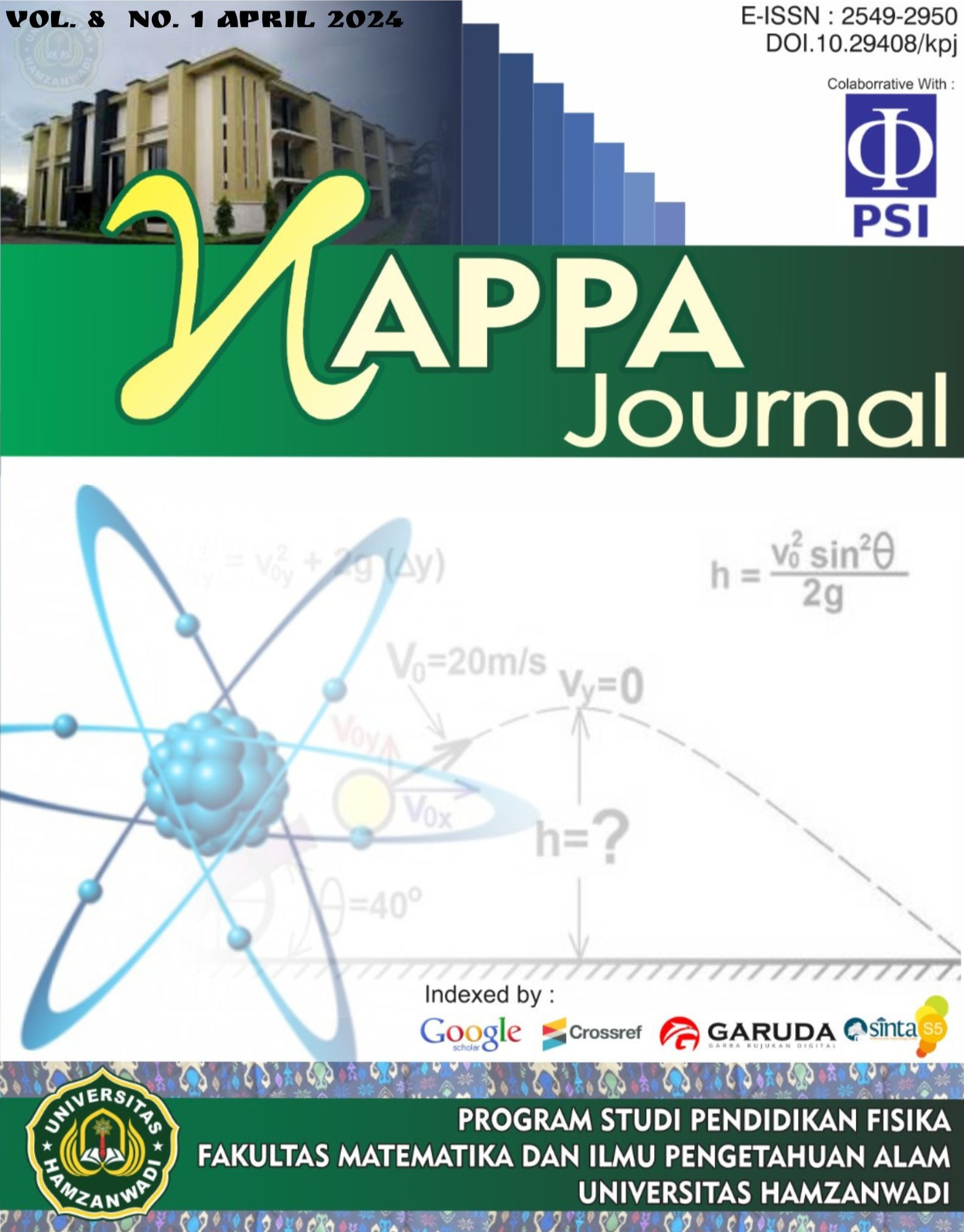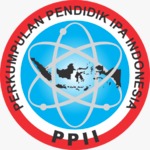Metode Double-Difference Untuk Merelokasi Hiposenter Gempabumi Susulan Seririt Singaraja
DOI:
https://doi.org/10.29408/kpj.v8i1.24434Keywords:
relocation, hypocenter, double-difference, cross-correlation, BMKGAbstract
A method that does not require a main earthquake (master event) that can be used simultaneously to relocate a very large number of earthquakes with wide hypocenter separation is called the double-difference method. A method used to relocate the aftershocks in Seririt Singaraja on November 14 2019 with coordinate positions 113.478 – 115.181 East Longitude and 8.357 – 7.894 South Latitude. The earthquake data used in this research was accumulated from 85 BMKG seismic stations. Data analysis uses cross-correlation time differences which can increase the accuracy of travel time between the receiving station and the earthquake, thereby reducing errors in calculations. The double difference method used to relocate the earthquake in the Seririt Singaraja area showed that there was a shift in the location of the earthquake hypocenter before and after it was relocated. Horizontally and vertically, the distribution of earthquake hypocenters before and after being relocated occurs when there is a collection of location shifts. The results of this research were able to relocate 152 aftershocks properly. The main earthquake after being relocated was at a depth of 17 km, while the distribution of aftershocks was at a depth of around 6-25 km, so that it can more accurately describe the position of the earthquake source and is able to show clearer and easier to interpret structural patterns.
References
Astra, I Made Kris Adi, 2015, “200 Tahun Gejer Bali”, Bali: 1-40.
BPDB Buleleng, 2019, “Laporan Kebencanaan Geologi 15 November 2019”,
https://vsi.esdm.go.id/index.php/kegiatan-pvmbg/berita-harian-kebencanaan- geologi/2736-laporan-kebencanaan-geologi-15-november-2019 [Diakses pada tanggal 14 Agustus 2021].
Masturyono, Helmi,H., Marliyani, G.I., Nuraini, S., 1994, “Identifikasi Sesar Aktif di Pulau Bali dengan Menggunakan Data Pemetaan Geologi Permukaan dan Morfologi Tektonik”, Majalah Geografi Indonesia, Vol. 35, no. 1.
Daryono, 2011, “Identifikasi Sesar Naik Belakang Busur (Back Arc Thrust) Daerah Bali Berdasarkan Seismisitas dan Solusi Bidang Sesar”, Artikel Kebumian Badan Meteorologi Klimatologi dan Geofisika.
Waldhauser, F., dan Ellsworth, W.L., 2000, ”A Double-Difference Earthquake Location Algorithm: Method and Aplication to the Northen Hayward Fault California”, Bulletin of the Seismological Society of America, vol. 90, no. 3, 2000, pp. 1353- 1368.
Pesicek, J.D., Thurber, C.H., Zhang, H., Deshon, H.R., Engdahl, E.R., Widiyantoro, S., 2010, “Teleseismic double-difference relocation of earthquakes along the Sumatra-Andaman subduction zone using a 3-D model”. Journal of Geophysical Research, Vol. 115.
Aki, K. and Richards, P.G., 2002, “Quantitative Seismology Second Edition”. Saucalito, CA : University Science Books.
Wulandari, Anggina, 2016, “Relokasi Hiposenter Gempabumi Sumatera Barat Menggunakan Metode Double Difference (DD)”, Tugas Akhir, Universitas Negeri Padang, Padang.
Downloads
Published
Issue
Section
License
Copyright (c) 2024 Kappa Journal

This work is licensed under a Creative Commons Attribution-ShareAlike 4.0 International License.
Semua tulisan pada jurnal ini menjadi tanggungjawab penuh penulis. Jurnal Kappa memberikan akses terbuka terhadap siapapun agar informasi dan temuan pada artikel tersebut bermanfaat bagi semua orang. Jurnal Kappa dapat diakses dan diunduh secara gratis, tanpa dipungut biaya, sesuai dengan lisensi creative commons yang digunakan








